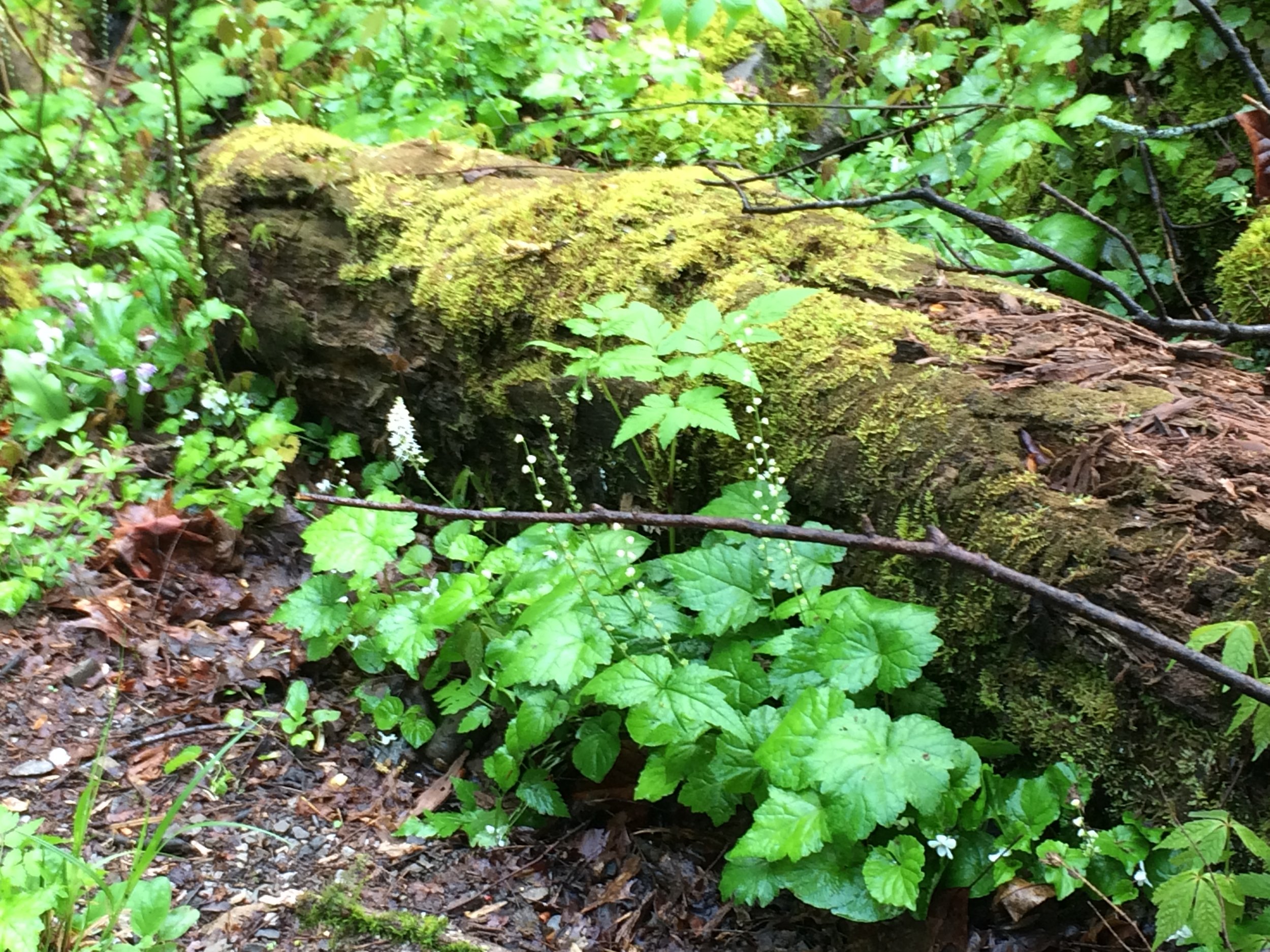When the climate cooled and mile-thick glaciers covered much of North America 20,000 years ago, the plants and animals native to our continent migrated far south of the ice to survive in 'refugia' - pockets of protected biodiversity. Now with the climate warming, plants and animals will once again require refugia, but this time far to the north of their current native ranges. Gardens are ideal 'climate refugia' - protected and cared for by plant lovers, and able to support hotter-climate plants. Particularly when located in cities, gardens can be repositories for southern plants that will be needed in a few decades.
As landscapes that are defined by high rates of pollution and habitat fragmentation, degraded ecosystems, increased carbon dioxide levels, and hotter temperatures (the 'urban heat island effect'), cities already have the conditions projected to exist regionally in 20 years. By looking at how present urban ecosystems function - and which plants are well adapted to their challenging conditions - we can gain a better understanding of how other forests in our region might respond to climate change and future development. Furthermore, if we want to find which plants will perform well in a drastically hotter near-future climate, cities are the ideal testing ground. Our own backyards and gardens can be research stations today for the plants that will define our landscapes in 2050 and beyond.










